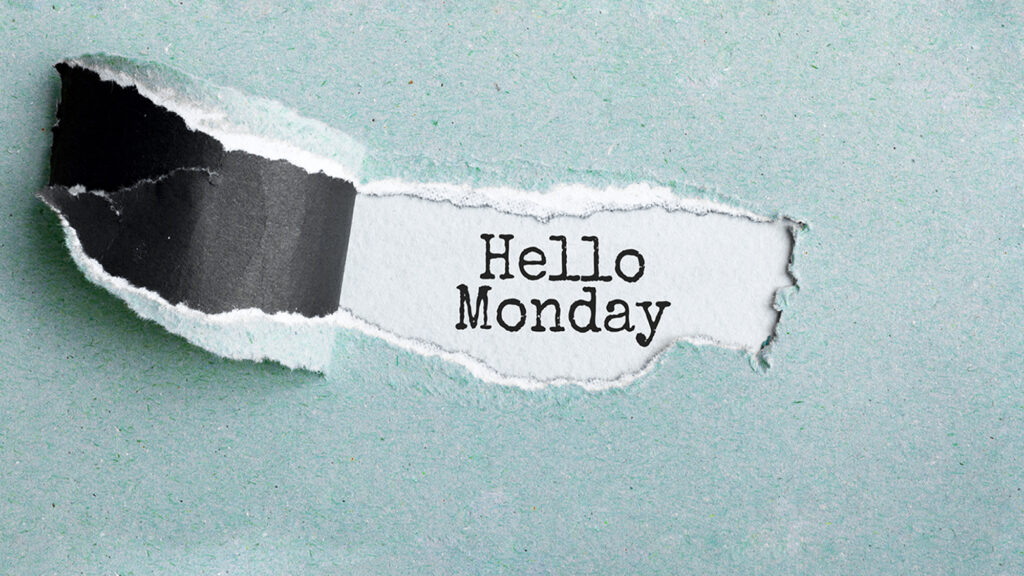Is there really such a thing as Blue Monday?
If you click on social media today, scroll through your newsfeed or pick up a newspaper, you might hear it’s “Blue Monday”, supposedly the most depressing day of the year.
Ever since 2005, the third Monday of every January has had the infamous reputation of being the gloomiest day in the calendar.
This claim may have even greater relevance this year, given the increasing body of evidence that the pandemic has exerted a considerable cost to the nation’s mental health.

The effects of the pandemic
Levels of psychological distress increased significantly during lockdowns when there were high levels of Covid infection across the country. Young people and women were particularly badly affected. This occurred during times when mental health support was much less readily available, and has been corroborated by a number of studies showing increased levels of anxiety, depression, stress, loneliness and poor sleep.
As such, the idea that today is the most depressing day of the year will be unwelcome news to the many thousands whose mental health has suffered over the course of the last two years.
But the evidence for Blue Monday is sketchy at best. It was in fact sparked by a holiday company who claimed they had calculated the date when the general population would be at its most glum. Factoring in dark nights, miserable weather, debt levels, and time elapsed since the Christmas and new year festivities, the third Monday of January was earmarked as the time when depression, stress and distress levels would be at their highest.
An unhelpful notion
There may be some seasonal variation to mental disorders, but the evidence is mixed and there is little indication that January is a worse month than December or April. Research on suicide, for example, shows there is some difference between different months and seasons, but it is not the chilly, drab months of winter that portend higher suicide rates. Instead, studies show suicide is in fact more common in the spring and summer months, a time when the Blue Monday theory would have us assume the population is at its happiest. Calls to our helpline reflect this trend.
Why suicide rates might be high in spring and summer is a multifaceted debate but, as one healthcare director suggests, it could be because of the “juxtaposition between a literally blooming world and the barren inner life of the clinically depressed”.
We feel the notion of “Blue Monday” is unhelpful as it boxes feelings and distress into a single point in time, despite mental illness affecting people all year round.
If you have continuous low mood, feelings of hopelessness or guilt, or are finding it difficult to make decisions or enjoy things you otherwise would, and these symptoms last longer than a couple of weeks, you may wish to visit your GP.





